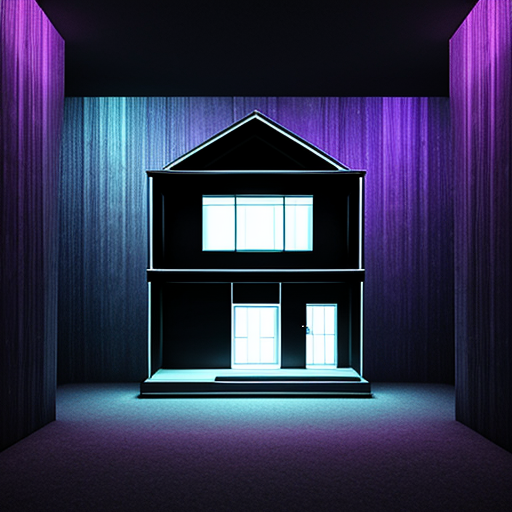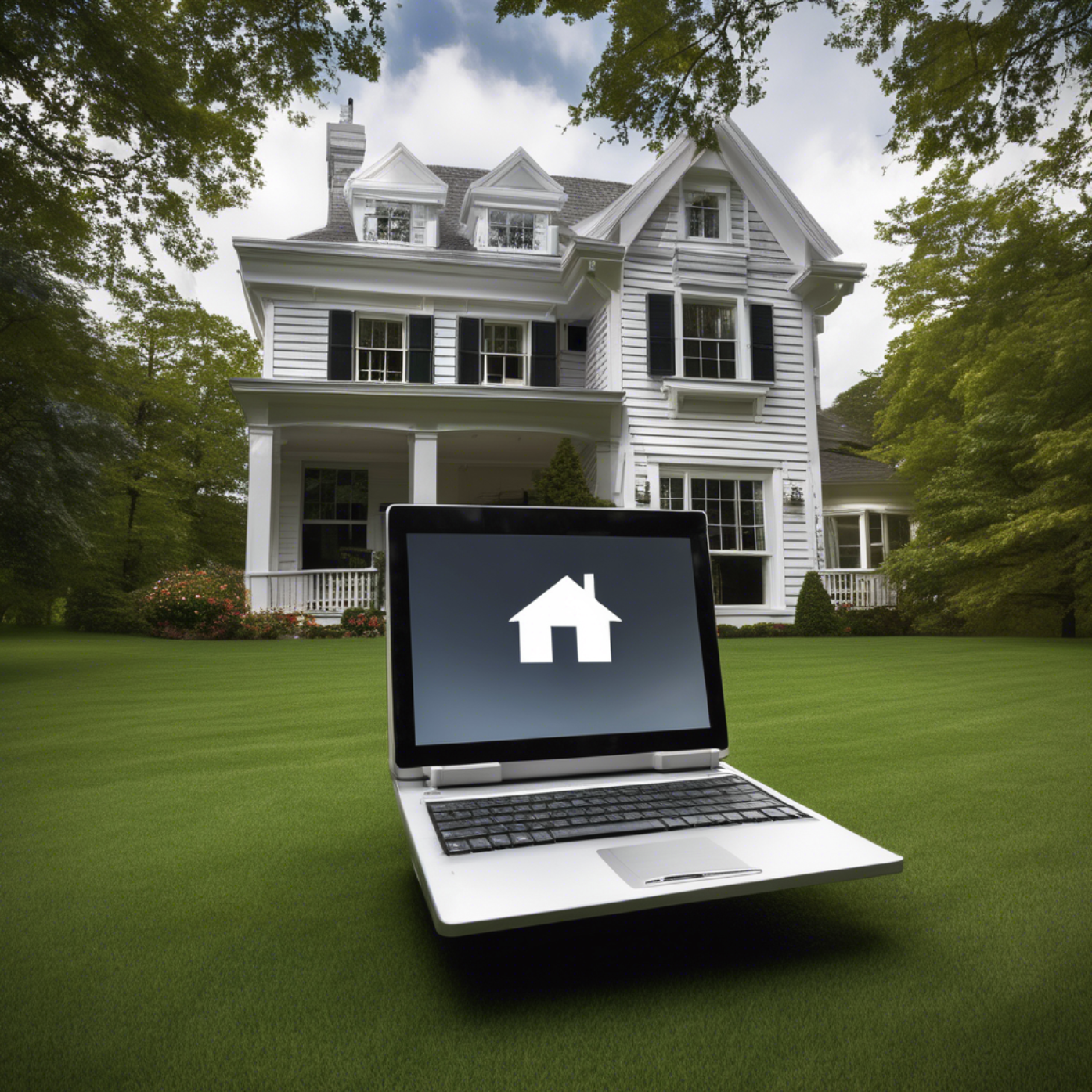
In today’s fast-paced digital landscape, 3D modeling has transformed from a niche design tool into a cornerstone of modern real estate marketing and furniture visualization. By leveraging powerful visualization technologies, real estate professionals and furniture brands can present their offerings in a far more engaging, realistic, and interactive way.
This comprehensive guide will explore how 3D modeling is used in real estate and furniture visualization, the tools involved, the benefits for stakeholders, and the future of the technology.
Read about the best virtual staging softwares and apps for real estate and realtors 2025 (DIY and free download reddit): Virtual Staging
What is 3D Modeling?
3D modeling is the process of creating a three-dimensional representation of an object using specialized software. These digital models can represent buildings, furniture, rooms, or entire neighborhoods and are used across various industries including gaming, film, product design, and more recently, real estate.
In real estate and interior design, 3D modeling enables professionals to create virtual models of properties and furniture, giving potential buyers and renters a realistic sense of space, layout, and style without needing to visit the physical location.
Applications of 3D Modeling in Real Estate
1. Virtual Tours and Walkthroughs
Real estate listings with 3D virtual tours attract more interest. These tours allow potential buyers to explore properties room-by-room through their computers or mobile devices. This level of immersion helps them feel more connected to the property and encourages quicker decision-making.
2. Architectural Visualization
Before construction even begins, developers can present detailed renderings of what a property will look like. From high-rise apartments to suburban homes, 3D modeling brings blueprints to life.
3. Property Renovations and Remodeling
Homeowners and investors can visualize changes to a property before committing to renovations. This includes new floor plans, furniture arrangements, and even color schemes.
4. Marketing and Advertising
Stunning 3D visuals can significantly enhance real estate marketing campaigns. These visuals are used in brochures, websites, social media, and presentations to engage audiences.
Applications of 3D Modeling in Furniture Visualization
1. Interactive Product Displays
E-commerce furniture companies use 3D models to allow customers to rotate, zoom, and explore products from all angles.
2. Augmented Reality (AR) Integration
Many apps now allow customers to virtually place a 3D furniture model into their room using a smartphone camera. This helps in assessing scale, fit, and style compatibility.
3. Customization Options
Customers can use 3D tools to change colors, materials, and configurations of a piece of furniture. This improves satisfaction and reduces product returns.
4. Design and Prototyping
Designers use 3D models to prototype new furniture designs, test ergonomics, and simulate how materials will look under different lighting conditions.
Key Software Tools Used in 3D Modeling
SketchUp: User-friendly and widely used in architectural and furniture modeling.
Autodesk 3ds Max: Known for high-quality rendering and complex animations.
Blender: Open-source and powerful, used for everything from modeling to animation.
Revit: Focuses on Building Information Modeling (BIM) for architecture.
Cinema 4D: Popular for motion graphics and rendering.
Many of these tools integrate with rendering engines like V-Ray or Lumion to create photorealistic images and animations.
The 3D Modeling Process in Real Estate and Furniture
Data Collection: Photos, floor plans, sketches, and blueprints are gathered.
3D Modeling: A digital model is created from scratch using software tools.
Texturing: Colors, materials, and textures are applied to make the model more realistic.
Lighting and Rendering: Lighting is added to simulate different times of day, and final renders are generated.
Presentation: Models are exported for use in virtual tours, videos, AR, or images.
Benefits of 3D Modeling
Realism: Gives buyers a lifelike representation of the property or product.
Cost-Effective: Reduces the need for physical staging or prototypes.
Time-Saving: Accelerates decision-making by offering all necessary visuals upfront.
Customization: Allows for real-time edits to colors, layouts, and furnishings.
Remote Access: Ideal for long-distance buyers or during restrictions (e.g., pandemics).
Challenges and Limitations
High Initial Costs: Software and skilled labor can be expensive.
Learning Curve: 3D modeling requires training and experience.
Hardware Requirements: Complex models need powerful computers and graphics cards.
Data Accuracy: Poor inputs (e.g., inaccurate floor plans) can lead to misleading models.
The Role of 3D Modeling in Real Estate Sales
3D visuals directly impact sales velocity. Listings with 3D tours see more views and faster conversion. Real estate agents use these models in presentations, open houses, and online marketing to close deals faster and build client trust.
Future Trends
AI-Enhanced Modeling: Automating layout and furniture placement using machine learning.
Cloud-Based Collaboration: Teams working on models in real-time via cloud platforms.
Metaverse Integration: Selling and showing properties in virtual worlds.
Sustainable Design Visualization: Visualizing energy-efficient materials and eco-friendly renovations.
Final Thoughts
3D modeling is no longer just a "nice-to-have" in real estate and furniture design. It's a game-changer. From helping buyers visualize their dream homes to enabling retailers to sell furniture without a showroom, the possibilities are endless.
Whether you're a developer, realtor, interior designer, or furniture brand, embracing 3D modeling tools is a step toward more effective, engaging, and future-proof marketing.










Write a comment ...